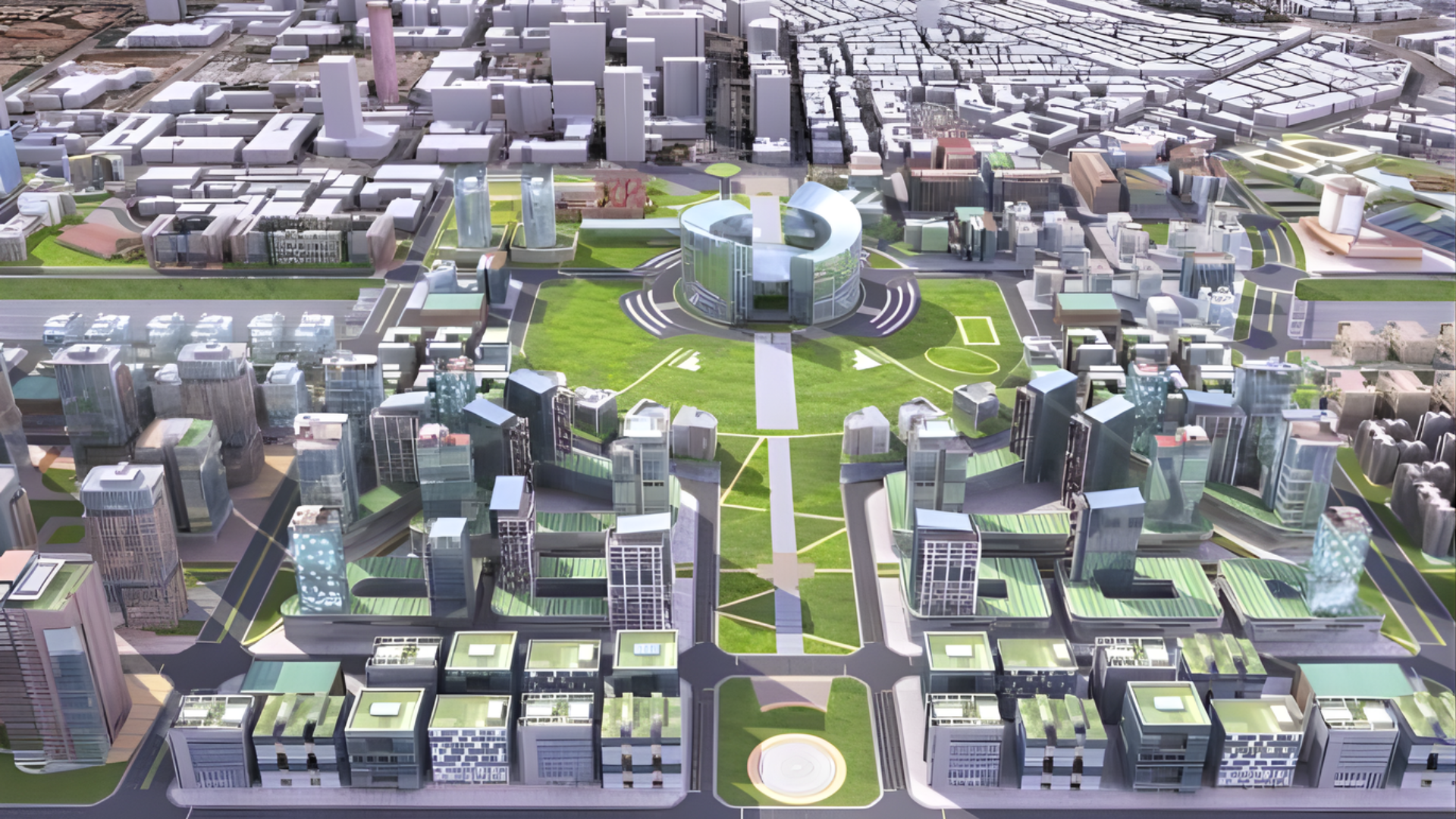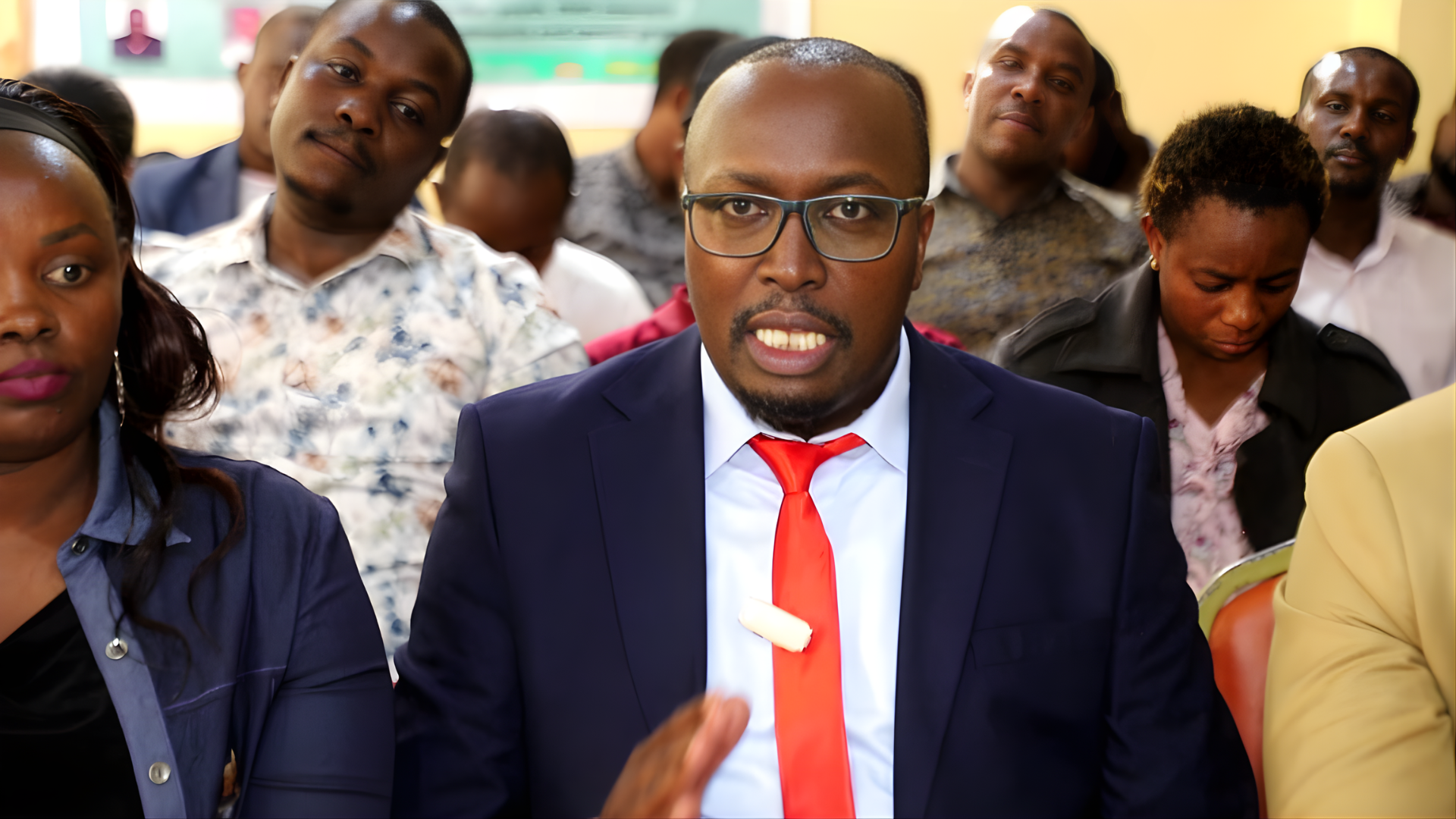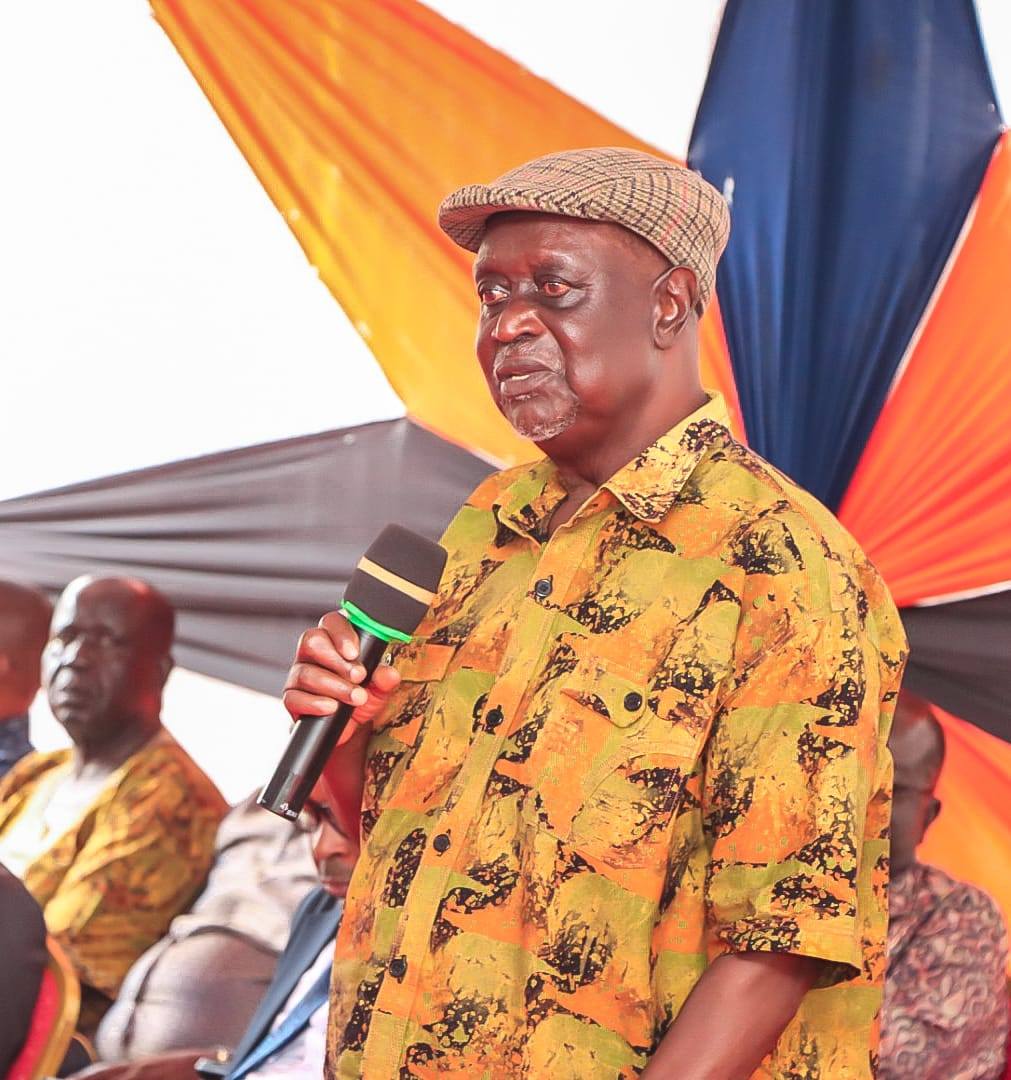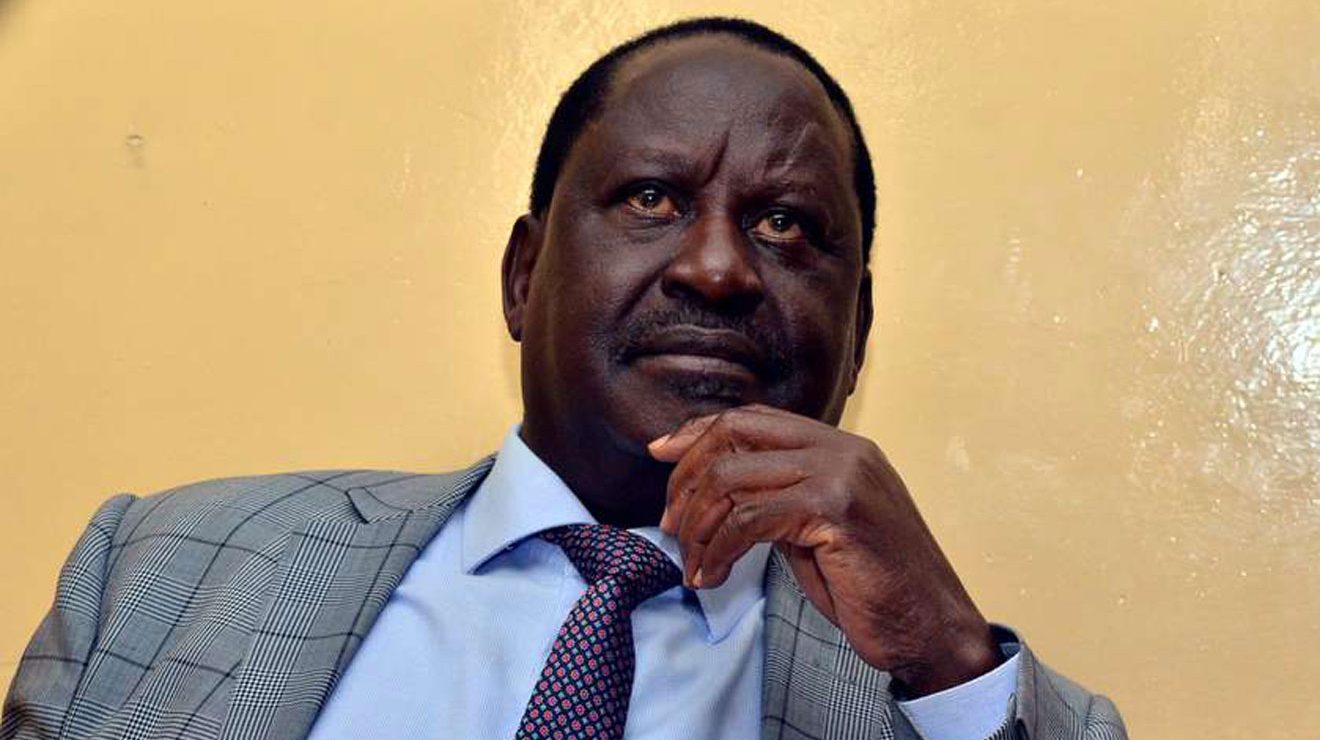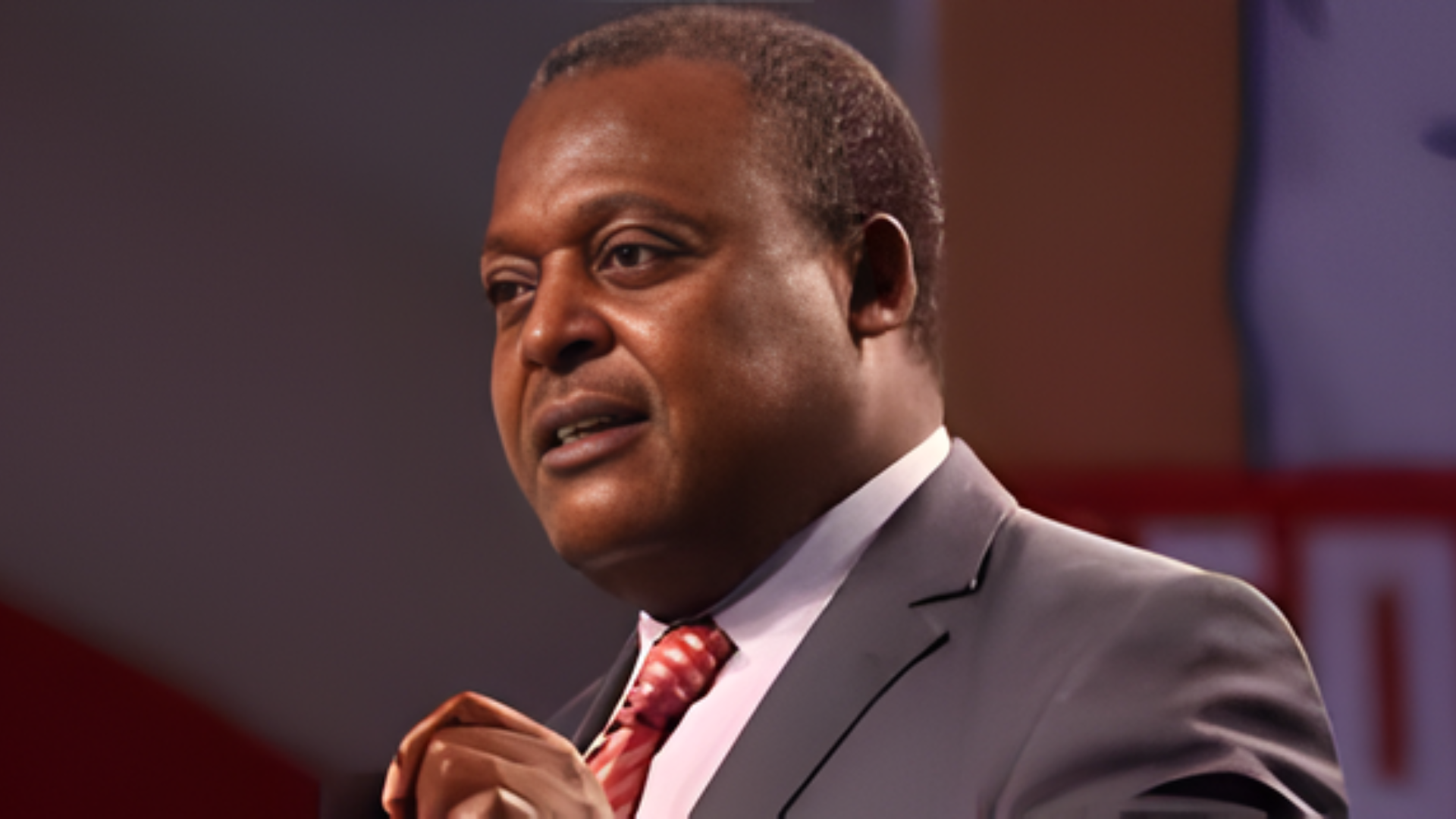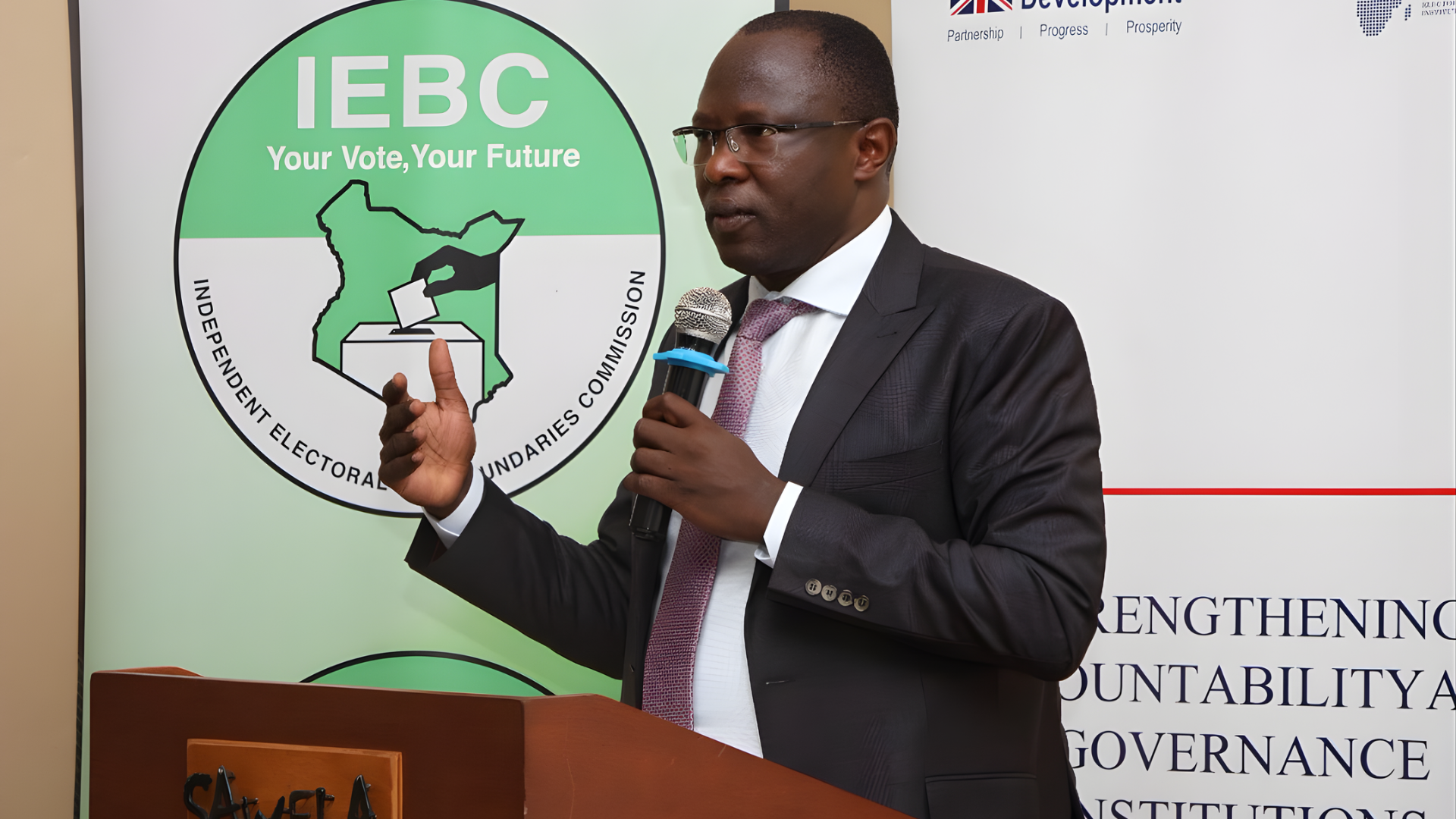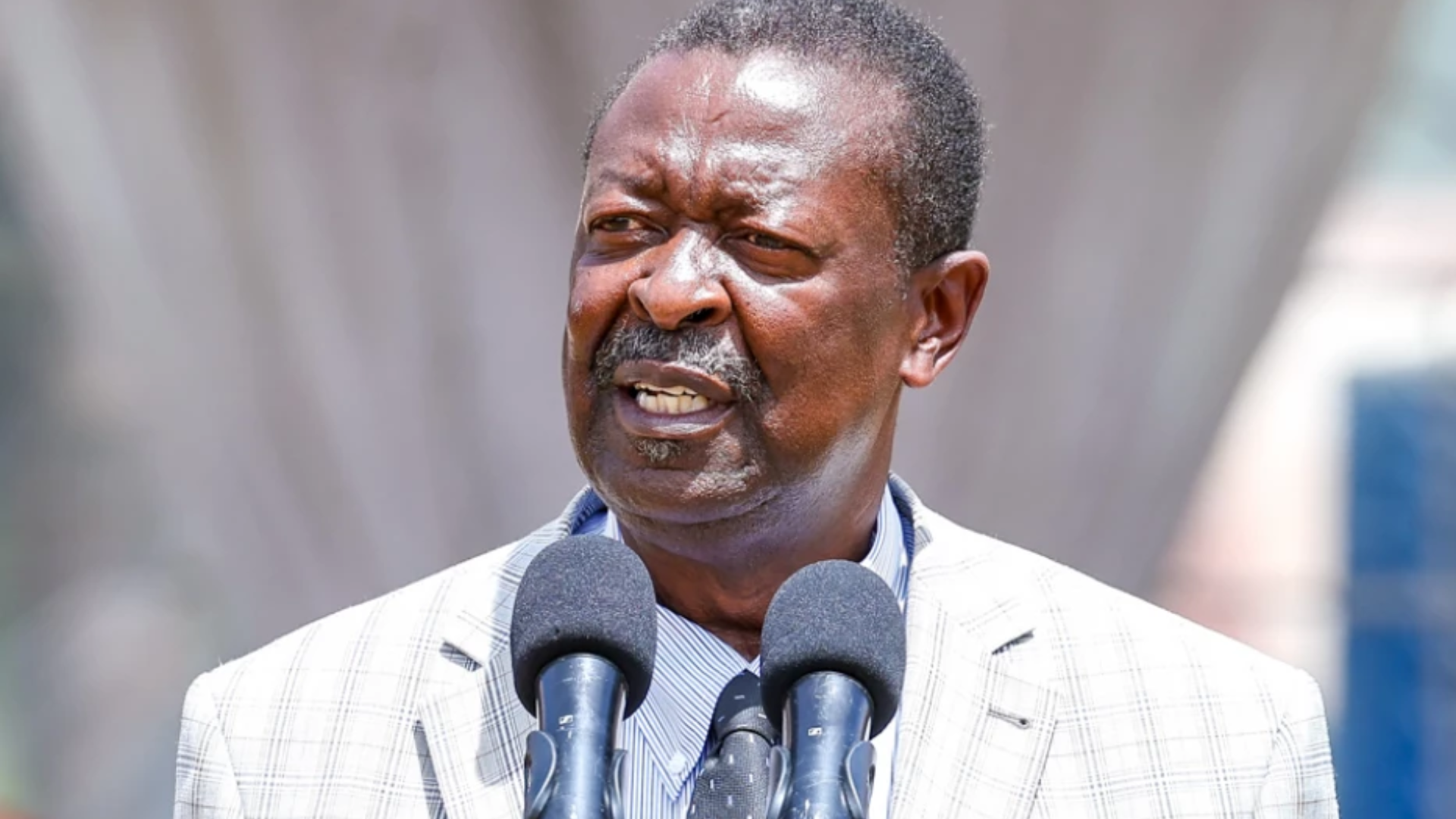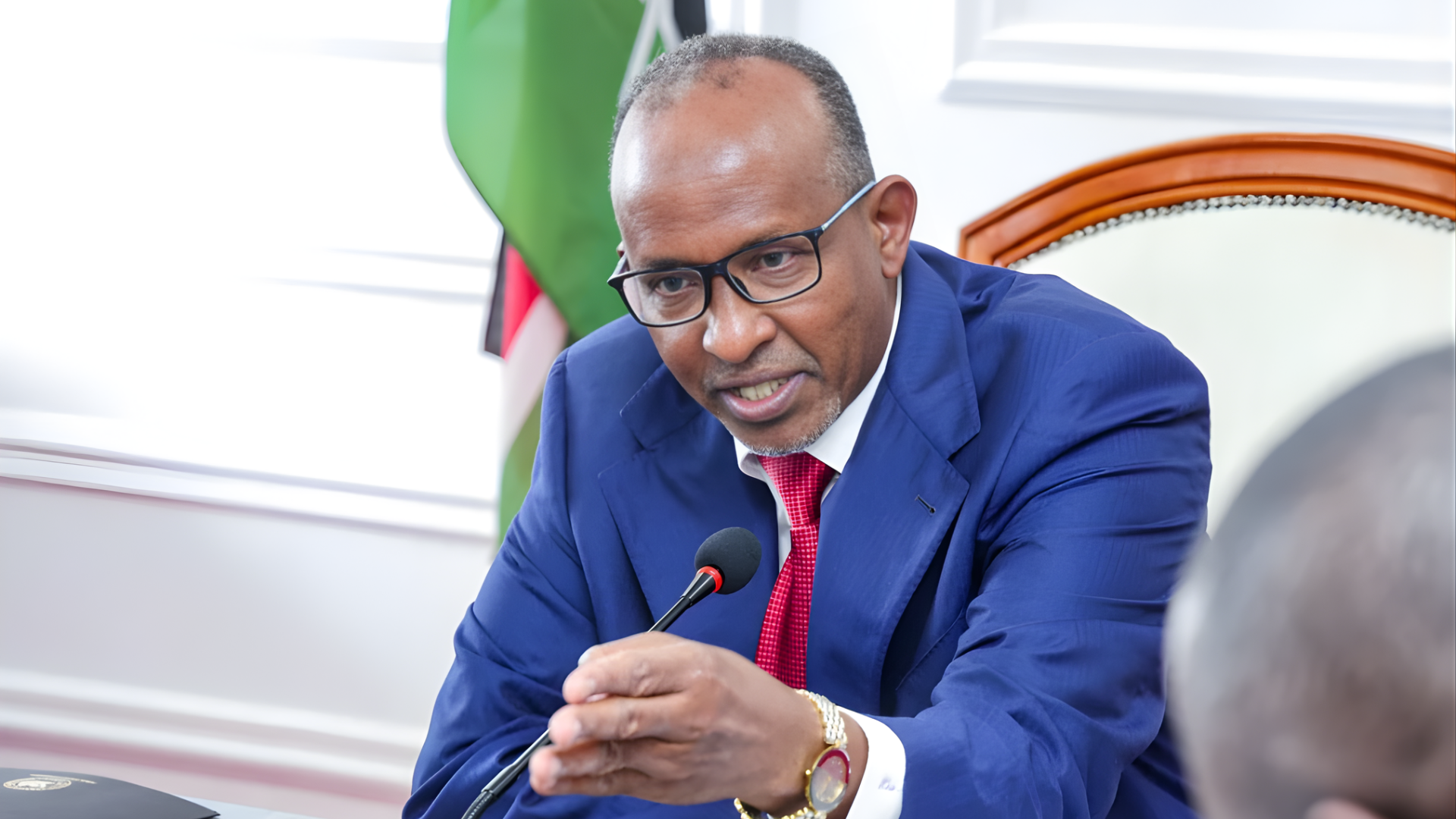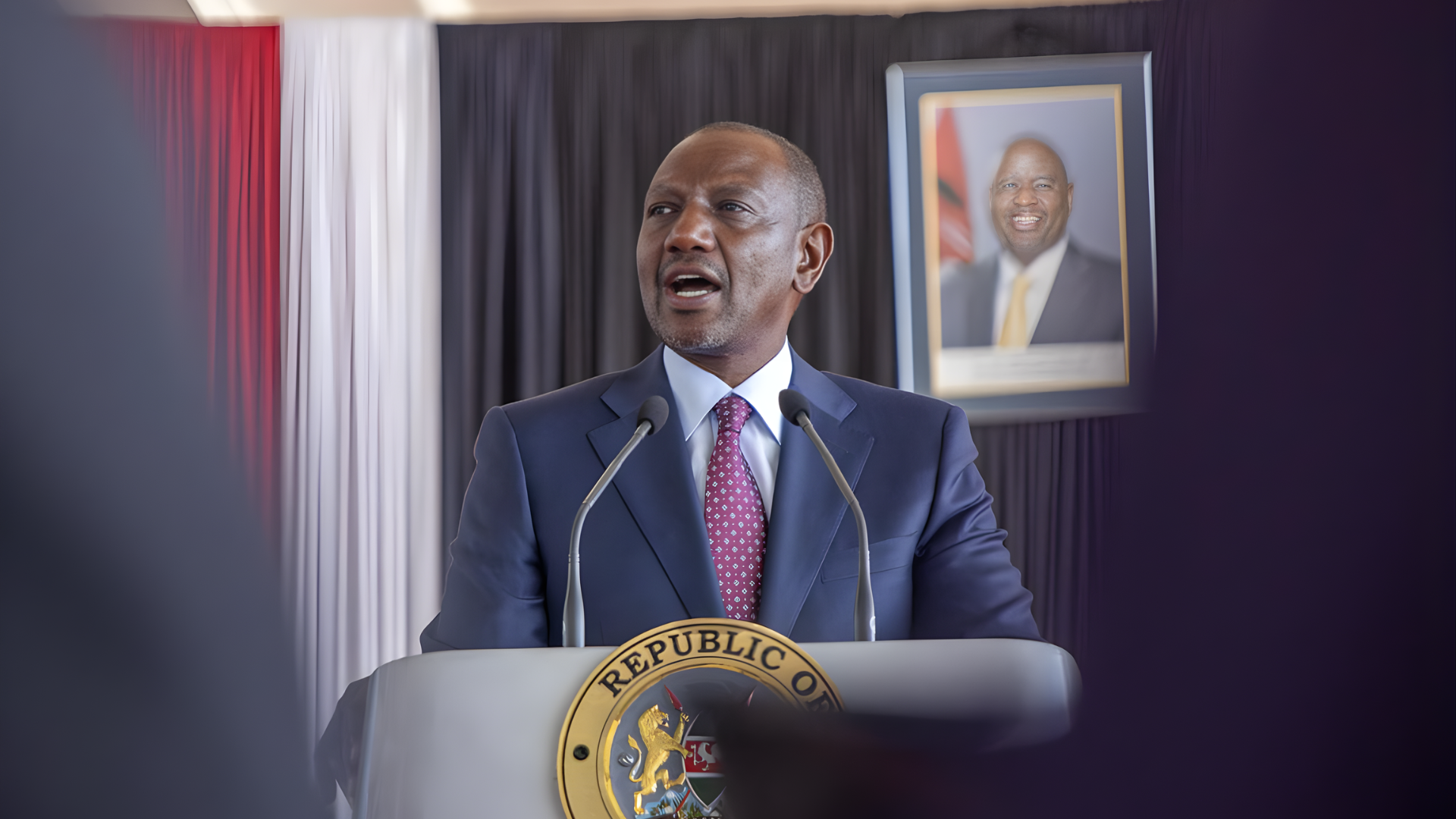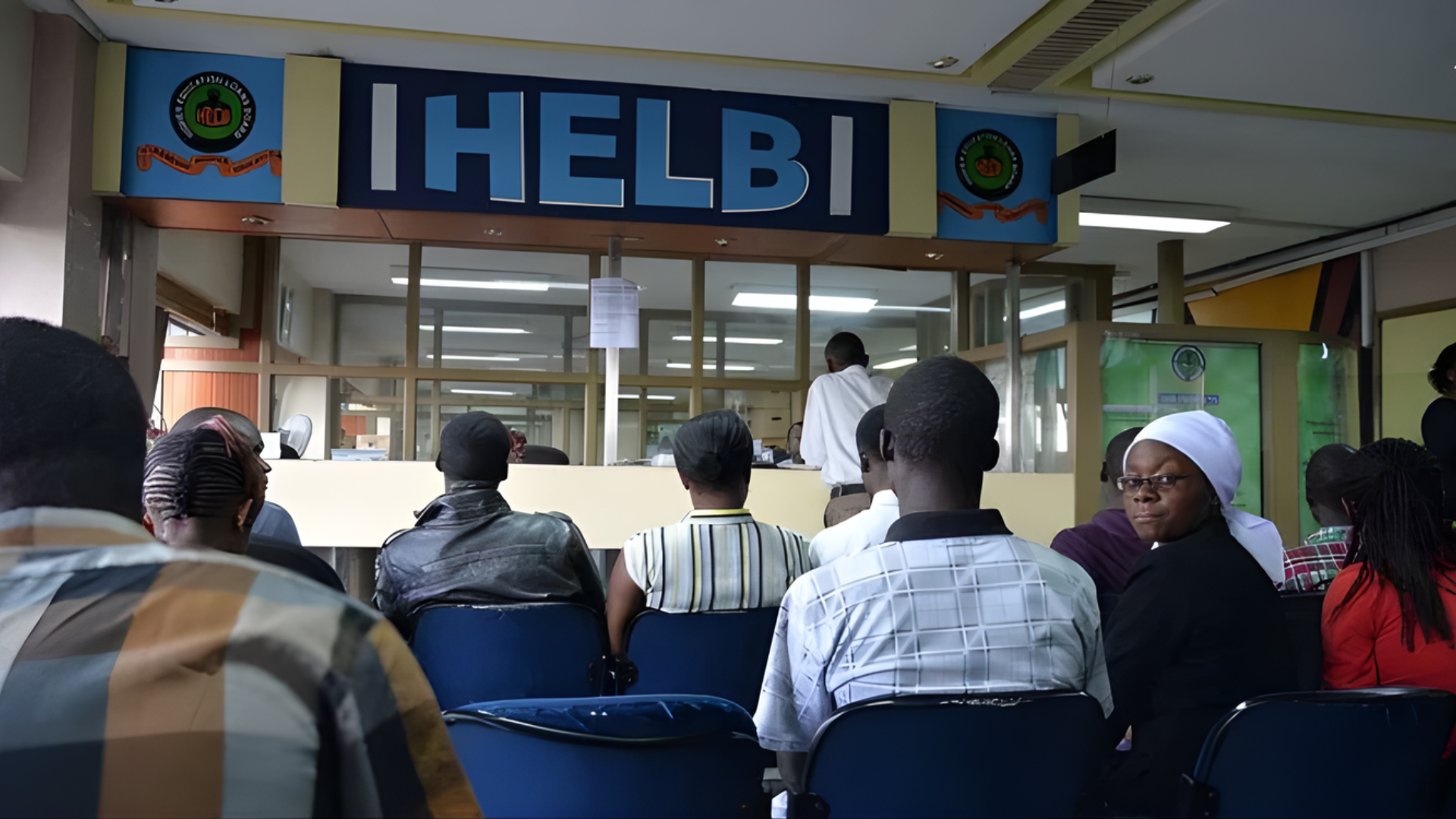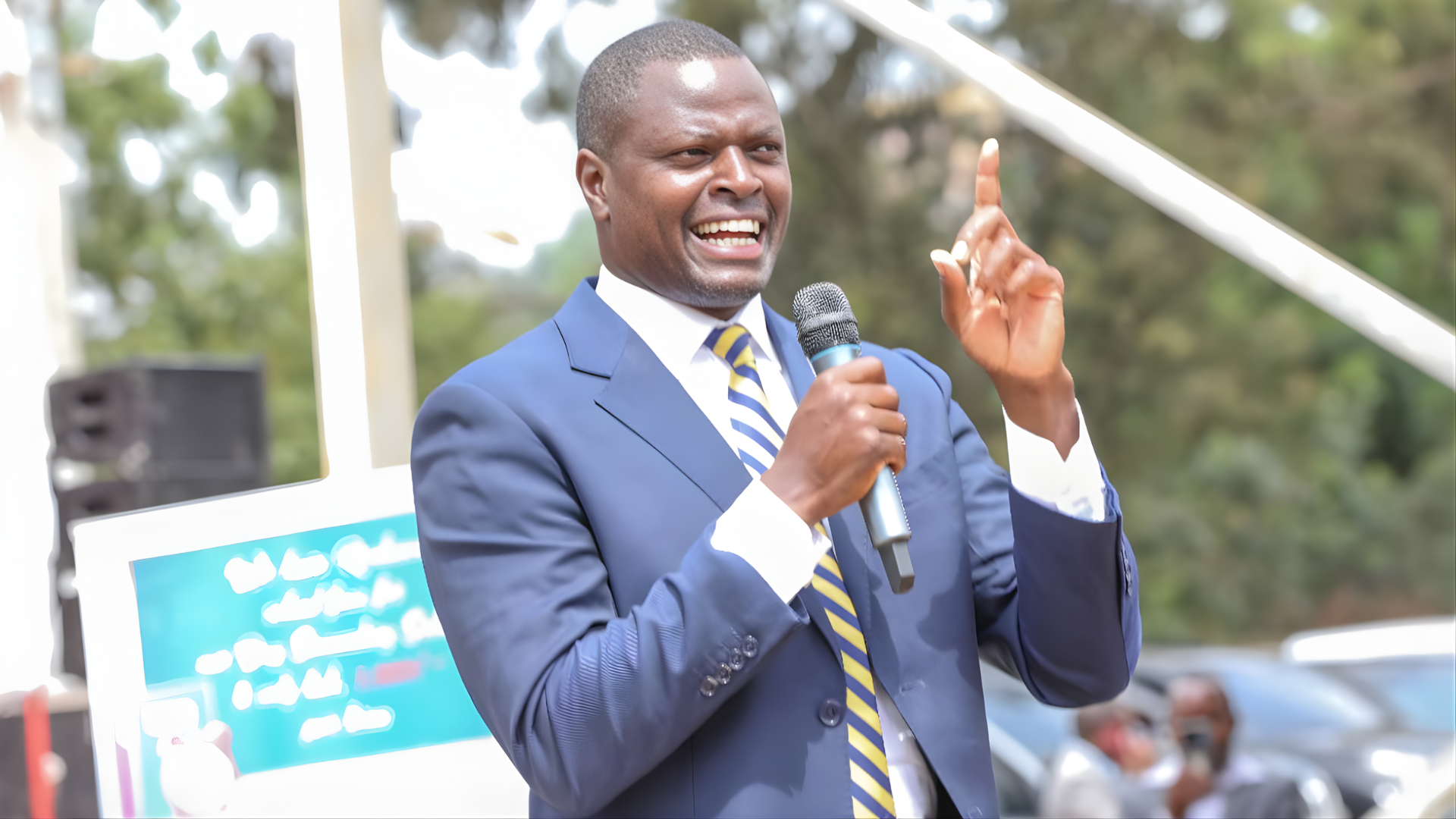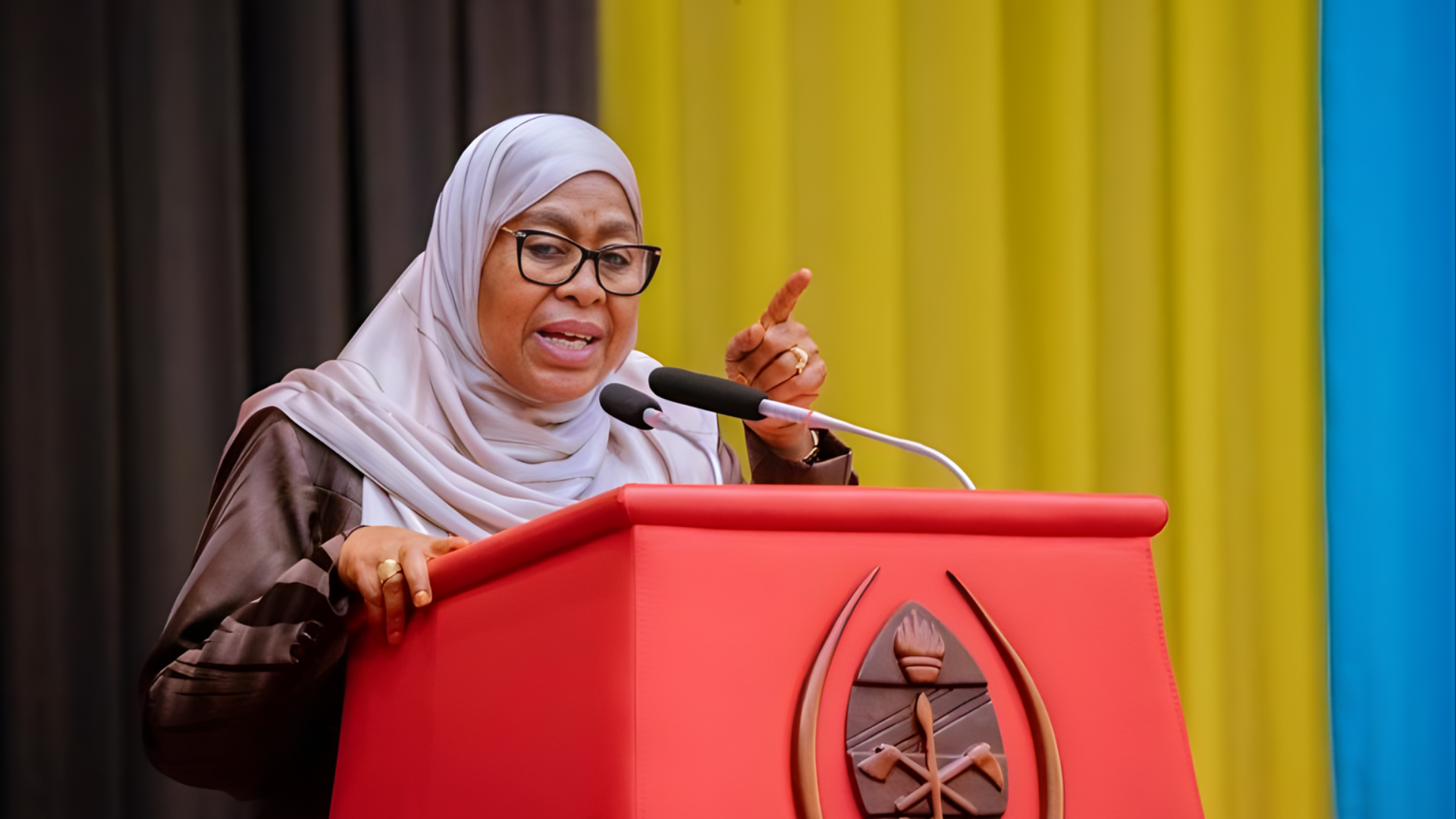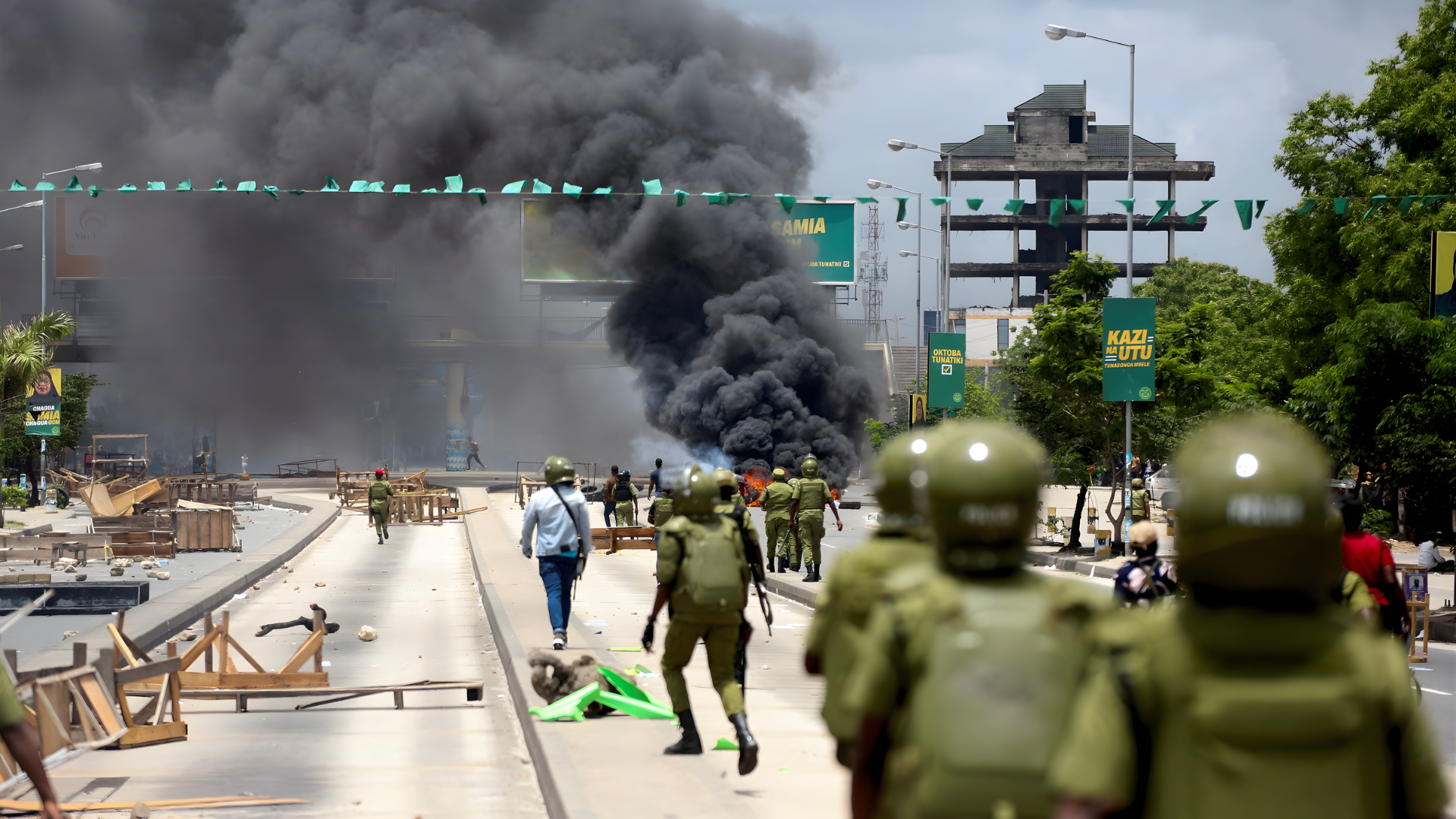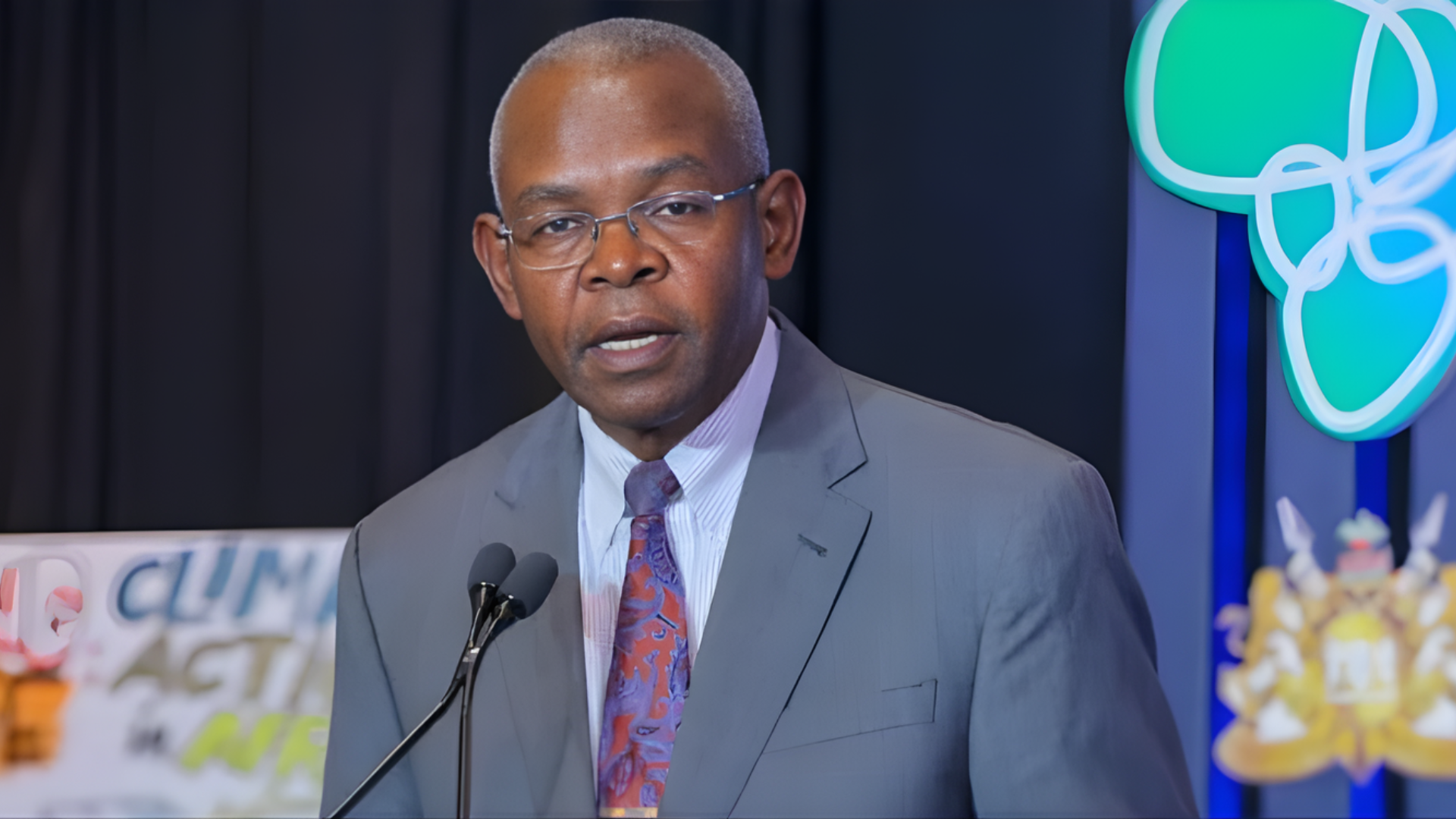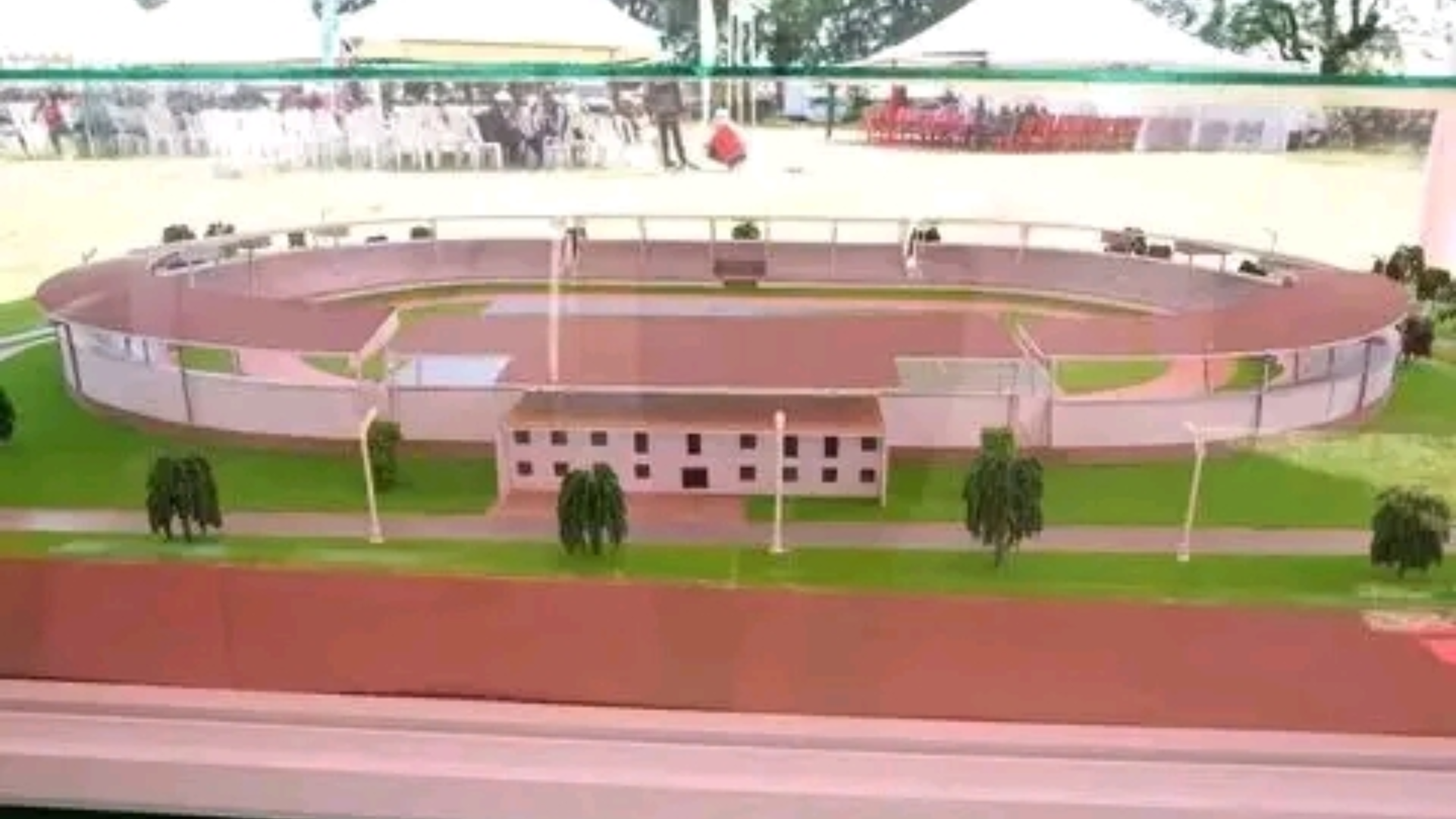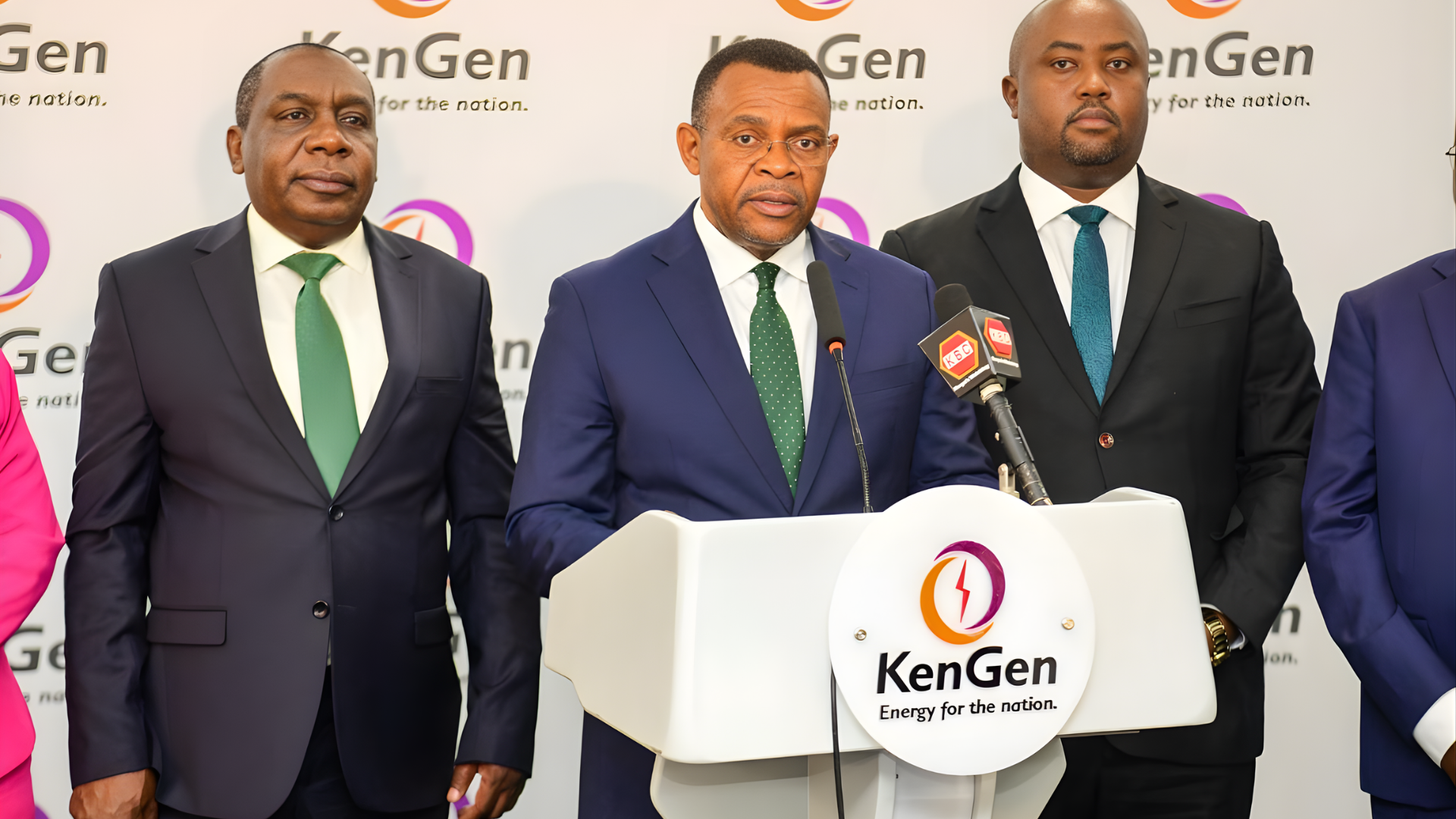The relentless hum of Nairobi's matatus and the distant rumble of commuter trains form the urban symphony that has long defined the city's southern fringe, where rusted tracks and weathered warehouses whisper tales of colonial legacies and unfulfilled promises. On a crisp October morning in 2025, that familiar rhythm took on a new cadence as officials from the Kenya Railways Corporation gathered in a sleek conference room overlooking the Nairobi Railway Yard, their faces illuminated by projections of futuristic skylines and verdant public realms. Across the table sat representatives from the DECAEXEC Consortium, a powerhouse group from the United Arab Emirates whose arrival signals a pivotal shift in the financing and execution of the ambitious Sh28 billion Nairobi Railway City project. "This partnership could redefine not just how we move people, but how we envision our capital's soul," remarked Kenya Railways Managing Director Philip Mainga, his voice carrying the measured optimism of a man steering a behemoth toward uncharted prosperity. The talks, which unfolded over two intensive days, zeroed in on potential institutional investments to propel the redevelopment of 425 acres encircling the nascent Central Railway Station, weaving modern business enclaves, event arenas, and transit nodes along the iconic Uhuru Highway into the fabric of Kenya's economic heartbeat.
Initiated as a flagship under the UK's export finance umbrella, the Nairobi Railway City project has simmered on the national agenda since its masterplan approval in June 2020, gazetted as a Project of Strategic National Importance the following year. Spanning the bounded quadrangle of Haile Selassie Avenue, Uhuru Highway, Landhies Road, and Bunyala Road, the initiative seeks to transmute a patchwork of underutilized rail lands—once a labyrinth of sidings and storage depots—into a multimodal urban jewel. At its core lies the new Central Railway Station, a low-carbon, two-story marvel blending retail bazaars on the ground level with expansive ticketing halls above, all engineered for seamless integration with the Standard Gauge Railway, Nairobi Commuter Rail, and bus rapid transit corridors. "Imagine a station where you alight from a high-speed train and step directly into a world-class conference hall or a shaded promenade lined with coffee kiosks serving authentic Kenyan brews," envisioned project architect Lena Mwangi during a walkthrough of digital renderings, her enthusiasm undimmed by the site's current clutter of idle freight cars. The MICE precinct, commandeering 69 acres along Uhuru Highway, emerges as the crown jewel—a Meetings, Incentives, Conferences, and Exhibitions zone poised to eclipse Nairobi's convention shortcomings and lure global footfall.
The UAE's interest arrives at a fortuitous juncture, as Kenya navigates fiscal headwinds that have tempered the project's pace. Phase One, budgeted at Sh11.7 billion and funded through a UK Export Finance loan, kicked off in mid-2024 with foundational works: a pedestrian footbridge spanning the yard to knit the site together, hoarding to secure perimeters, and drainage overhauls to tame seasonal floods that once turned the area into a quagmire. Contractors, mobilized under a public-private partnership model, have already relocated a locomotive shed to Makadara Yard and paved access roads to the headquarters, tangible strides that Mainga hailed as "the first brushstrokes on a canvas that will soon burst with color." Yet, with full realization targeted for 2030, the Sh28 billion price tag demands diversified capital inflows, especially after earlier overtures to traditional financiers like China faltered amid debt sustainability concerns. Enter DECAEXEC, whose delegation—comprising executives from real estate titans and infrastructure funds—probed specifics on equity stakes, revenue-sharing mechanisms, and sustainability benchmarks during the Nairobi sessions. "We've seen transformative urban regenerations in Dubai and Abu Dhabi; Nairobi's potential mirrors that vibrancy, with its youthful energy and strategic gateway status," confided Ahmed Al-Mansoori, the consortium's lead negotiator, as he traced a finger over maps highlighting the site's adjacency to the Central Business District. The discussions, shrouded in non-disclosure veils, touched on a proposed Sh8 billion infusion for the MICE phase, potentially unlocking further tranches contingent on feasibility audits.
This overture builds on a burgeoning Kenya-UAE axis, forged in the fires of economic pragmatism. President William Ruto's January 2025 pilgrimage to Abu Dhabi yielded pledges for a $1.5 billion commercial loan and a comprehensive economic partnership pact, slashing trade barriers and anointing Kenya as a linchpin in Gulf-Africa logistics. UAE behemoths like DP World already helm Mombasa Port's container terminals, while Emirates Airlines funnels tourists into Jomo Kenyatta International Airport. Extending this synergy to rail-urban fusion, the DECAEXEC talks align with broader Emirati forays: a floated $4 billion freight concession to elongate the SGR toward Uganda and South Sudan, and exploratory ventures in green hydrogen depots along the corridor. "Diversifying partnerships beyond any single source is key to our Bottom-Up Economic Transformation Agenda," Ruto affirmed in a cabinet memo leaked post-Abu Dhabi, underscoring the UAE's appeal as a creditor unbound by the stringent covenants that have snarled Chinese loans. For Kenya Railways, the infusion promises not just bricks and mortar but a cascade of ancillary boons: over 5,000 direct jobs in construction and operations, thousands more in induced hospitality and retail, and a projected Sh15 billion annual GDP uplift through elevated business tourism.
Nairobi's urban narrative, long scarred by haphazard sprawl and traffic chokeholds, stands to gain profoundly from this metamorphosis. The Railway City masterplan, co-authored with British urbanists and Kenyan planners, enshrines authenticity amid ambition—green spines of indigenous acacias threading through plazas, affordable housing pods for rail workers' descendants, and cultural nodes evoking the Swahili coast's dhow trade. Along Uhuru Highway, the event spaces envision amphitheaters hosting Pan-African summits or Afro-futurist festivals, their acoustics tuned to amplify Nairobi's jazz-infused nights. "This isn't imported glamour; it's homegrown revival, where the matatu conductor's hustle meets the boardroom's blueprint," articulated urban economist Dr. Kariuki Njoroge at a stakeholder forum, his critique laced with cautious acclaim for the plan's inclusivity mandates. Social safeguards abound: 20 percent of leasable space earmarked for SMEs, mandatory local content clauses favoring Kenyan firms in supply chains, and climate-resilient designs—from solar canopies over parking vaults to permeable pavements mitigating flash floods. The ecosystem extends underground, with proposed metro links burrowing beneath the yard to ferry workers from Eastlands to the CBD in under 15 minutes.
Yet, the path to realization bristles with hurdles, as past mega-projects like the stalled Konza Technopolis remind. Land assembly, encompassing 425 acres piecemeal held by railways, the retirement benefits scheme, and sundry agencies, has navigated title disputes through gazetted acquisitions, but whispers of elite capture linger. Environmentalists flag the demolition of informal settlements hugging the tracks, where hawkers and mechanics eke out livelihoods; relocation blueprints promise serviced plots in nearby Dandora, but trust erodes when timelines slip. "We've seen pretty renders before—give us deeds, not dreams," urged Maria Wanjiku, a longtime trader whose stall abuts the yard, her call echoing at a community liaison meeting where DECAEXEC reps pledged skills academies for displaced artisans. Fiscal scrutiny intensifies too: with Kenya's public debt cresting Sh10 trillion, opposition lawmakers decry the PPP model's 20-year concessions as "leasing our future skyline to foreign vaults." Mainga parries with data: the project self-finances via ground leases and user fees, projecting a 12 percent internal rate of return that outpaces government bonds.
Stakeholders converge on the UAE angle as a pragmatic pivot. The UK, anchor financier for Phase One via its export credit agency, cheers the diversification, with High Commissioner Neil Wigan noting in a dispatch that "multilateral capital de-risks the endeavor, blending British engineering with Emirati scale." Local chambers, from the Kenya National Chamber of Commerce to the Architectural Association, buzz with tender anticipation, envisioning subcontracts for facade cladding or HVAC systems sourced from Dubai fabs. For the DECAEXEC Consortium, Nairobi beckons as a crown in its African portfolio—beyond Ethiopia's rail revamps and South Sudan's port bids—offering a foothold in East Africa's 300 million-strong market. Al-Mansoori, sketching synergies during a site tour, evoked visions of halal-certified hotels syncing with Hajj pilgrim surges and tech incubators nurturing fintech startups akin to Dubai's Silicon Oasis. "Investment here is symbiotic; your growth fuels our global network," he posited, as the group paused amid the yard's cacophony, where shunters marshaled wagons under a smog-veiled sun.
As negotiations simmer toward a memorandum of understanding by year's end, the project's gravitational pull intensifies. Preliminary earthworks have cleared swathes for the footbridge, its steel girders rising like skeletal sentinels against the skyline. Surveyors, armed with drones and LiDAR scanners, map subsurface relics—from forgotten sidings to Victorian-era footings—ensuring heritage nods in the new station's vaulted concourses. Community buy-in accelerates: youth from Kibera, mere kilometers away, enroll in mock apprenticeships, learning CAD modeling for podium designs. "This yard was my playground; now it'll be my launchpad," shared 19-year-old tech enthusiast Jamal Otieno, his laptop humming with simulations of the MICE dome's geodesic roof.
Broader ripples touch Kenya's devolution ethos. County governments eye spillovers—Nairobi's coffers swelling from property rates, neighboring Machakos from logistics parks—but demand revenue-sharing pacts. Gender advocates applaud the blueprint's quotas: 40 percent female-led firms in bids, crèches woven into office towers. Sustainability threads through: the masterplan targets net-zero emissions by 2040, with vertical farms irrigating from recycled greywater and EV charging webs beneath event lawns. "We're not building a city; we're birthing a resilient organism," Mwangi elaborated, her models projecting 20,000 daily commuters easing Uhuru Highway's gridlock by 30 percent.
Critics, however, temper the fanfare. The Institute of Economic Affairs warns of opportunity costs—Sh28 billion could seed rural rail spurs or flood defenses—while transparency watchdogs press for open tenders to avert Konza's cronyism shadows. "UAE dollars dazzle, but without ironclad governance, it's fool's gold," cautioned policy analyst Esther Kimani in a think-tank brief. Mainga, undaunted, commits to parliamentary oversight and citizen scorecards tracking milestones. As the consortium departs with armfuls of dossiers, the yard exhales—workers pausing to eye the horizon where cranes will soon dance.
In the quiet interludes between meetings, Mainga wanders the tracks, boots crunching gravel, pondering legacies. His predecessor championed the SGR's serpentine ribbon from Mombasa; he envisions Railway City as its urban flourish, a nexus where Kenya's pastoral hinterlands converge with cosmopolitan pulses. Al-Mansoori, en route to the airport, texts a colleague: "Nairobi's raw—poised for polish without losing edge." For traders like Wanjiku, relocation pangs mix with possibility: "If they keep their word on markets in the new plazas, I'll toast with chai to this change."
The project's cadence quickens, a prelude to shovels breaking ground on the station proper by mid-2026. Diplomatic overtures continue—Ruto's team courting UAE sovereign funds for mezzanine layers—while local innovators pitch add-ons: blockchain ticketing or AI-optimized crowd flows. As dusk drapes the yard in amber, the first footbridge span locks into place, a steel vow amid the din. Nairobi Railway City, once a blueprint's whisper, edges toward tangibility, its Sh28 billion promise a bet on urban alchemy: turning tracks into treasures, investments into inheritance. In this fusion of Kenyan grit and Emirati gleam, the capital reimagines itself—not as a transit afterthought, but a destination etched in motion and ambition, where Uhuru Highway's asphalt yields to avenues of tomorrow.
The momentum sustains post-talks, with Kenya Railways dispatching a technical delegation to Dubai for reciprocal site visits, benchmarking against the Expo 2020 legacy. Feasibility studies, commissioned from KPMG affiliates, crunch numbers on the MICE ROI: a projected 250,000 annual visitors injecting Sh5 billion into hotels and eateries, from rooftop shisha lounges to fusion eateries blending mandazi with mezze. Environmental impact assessments, fast-tracked under the green agenda, endorse the plan's biodiversity boosts—rooftop apiaries for urban honey, permeable surfaces feeding aquifers parched by sprawl.
Social equity threads deepen: partnerships with the Kenya Wildlife Service envision interpretive centers on rail's ecological footprint, educating on migratory corridors disrupted by yards. Women's cooperatives secure weaving contracts for plaza awnings, their motifs—elephants and baobabs—infusing authenticity. Youth forums, hosted in pop-up tents amid the yard, harvest ideas: gamified apps for station navigation, or VR tours of the city's rail history. "Let the young voices steer; they've got the apps and the audacity," urged Otieno, his prototype buzzing on a shared screen.
Fiscal architects fine-tune the model: DECAEXEC's stake, perhaps 40 percent equity in the MICE parcel, recouped via 25-year leases at market rates, with escalators tied to inflation. Residual revenues funnel to a Rail Heritage Fund, restoring forgotten depots into museums. Opposition scrutiny sharpens: Senate debates probe debt implications, but proponents counter with multipliers—each shilling invested spawning three in economic orbit.
As November looms, the consortium circles back with term sheets, negotiations honing clauses on dispute arbitration in neutral Singapore. Mainga, reviewing drafts by lamplight, muses on ironies: tracks laid by British engineers, electrified by Chinese loans, now gilded by Gulf vision. For Wanjiku, staking her new stall, it's personal: "From hawking samosas by the rails to vending in glass halls—progress, if it lifts us all." In this unfolding tableau, Nairobi Railway City transcends infrastructure; it's a manifesto for reinvention, where UAE talks ignite a spark long banked in blueprints, illuminating paths from periphery to prominence.

